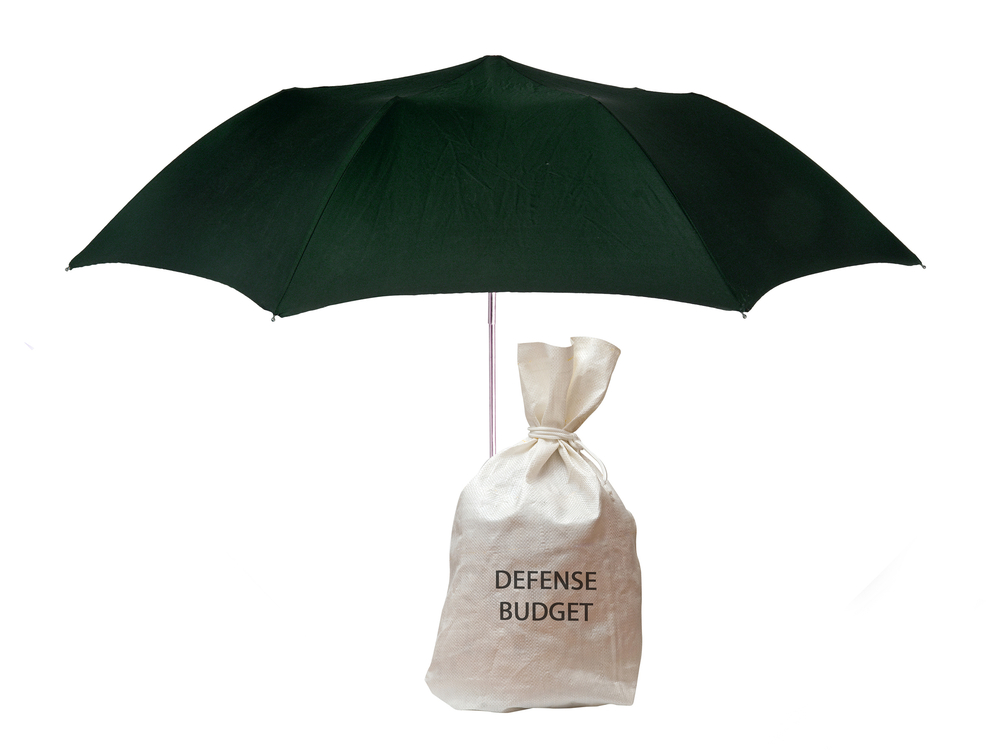by Gordon Adams
It’s a miracle! The wall can be funded! The Pentagon can pay for it! Hooray for America and for a bottomless Pentagon budget that is so full of excess funds that money can be found for this vital project, essential to the safety of all Americans!
Somehow over the past couple of months, once Donald Trump found that he could slide a “national emergency” through a docile Republican Party in Congress, the now-compliant Pentagon, under the stewardship of Acting Secretary Pat Shanahan, has discovered $6 billion dollars it can offer the White House for the sacred Wall. It found those dollars the old-fashioned way: looking in plain sight for extra money in a budget that has soared more than $100 billion over the past three years.
It’s a job that any good Pentagon comptroller could do in his or her sleep, because, yes, folks, there is always extra money. When I spent five years at the Office of Management and Budget overseeing Pentagon budgets I learned how possible this treasure hunt is, even in budgets that were, in that day, less than half the size (in current dollars) that they are today.
Once one gets down to the real business of defense, the dollars are always there, especially in a defense budget larger than the next eight countries combined. The Pentagon claims that it must have all these funds because the Russians are coming, the Chinese are competing, the Israelis need defense technology, the terrorists are threatening, the Iranians want to dominate the Middle East, or, very commonly, America’s military readiness hovers at the edge of collapse.
So much rhetoric, so little time. When it comes to the Wall, that trumps everything (pun intended) and even a comptroller can find the funds. U.S. national security lives in a world of rhetorical and emotional manipulation. Fear of the other becomes the bedrock of a justification for more. Combine that with the threat that a resistant politician will be accused of not supporting America’s “bravemenanadwomeninuniform” or of letting down America in the face of its enemies—of being, yes, “soft on defense”—and it’s the perfect political prescription for adding even more money to the pile on the table.
Many of those who serve broke this cynical code long ago. Of course, there’s a mechanic or a pilot somewhere who had his or her equipment cannibalized to make another piece of equipment work. But I worked the readiness beat pretty hard when I was at OMB, and the reality is that many Pentagon readiness measures are artificial, mechanical, and have little to do with the actual ability of soldiers, sailors, and flyers to operate in the field. They produce anecdotes that Pentagon messengers happily provide to members of Congress willing to argue for more money.
As I watched this game played, I developed a healthy cynicism about “readiness” and the military “requirements” doled out by the Pentagon. True, there are real military needs, real training, real exercising, even some real equipment the forces need. But, in my experience, nothing disciplined the process of identifying those real needs and real priorities like overall fiscal restraint in the Pentagon. The Pentagon is, at times, like the teenager who is not incentivized to good behavior by repeated increases in his or her allowance.
So, for instance, the Bush-Clinton defense draw down from 1989-97, most of it executed by those notorious softies George H.W. Bush, Secretary of Defense Dick Cheney, and JCS Chairman Gen. Colin Powell, was one of the best-managed, most successful planned reductions of the American military in history. It did not decimate the force. In 2003, this leaner military rolled over Saddam Hussein’s capabilities as if they were a speed bump. (And don’t tell me the disaster that followed this strategic error was caused by a “lack of readiness.” It was lack of good judgment and tasking the military with a job no military could have done—rebuild a country it had smashed to bits.)
The threat and readiness stories are so common that nobody thinks critically about them any more. The media that covers the Pentagon is no better. Reporters have repeatedly fallen for the rhetoric, the story, the anecdote, backed up by a blizzard of statistics, useful and otherwise, handed out by the five-sided building. Like Charlie Brown, the media too commonly rushes at the readiness football, only to have it swept aside by a Pentagon Lucy. Aha! Got you again, and got more money in the process.
No, it is easy to find that $6 billion. It’s so easy that even a Pentagon comptroller can do it.





